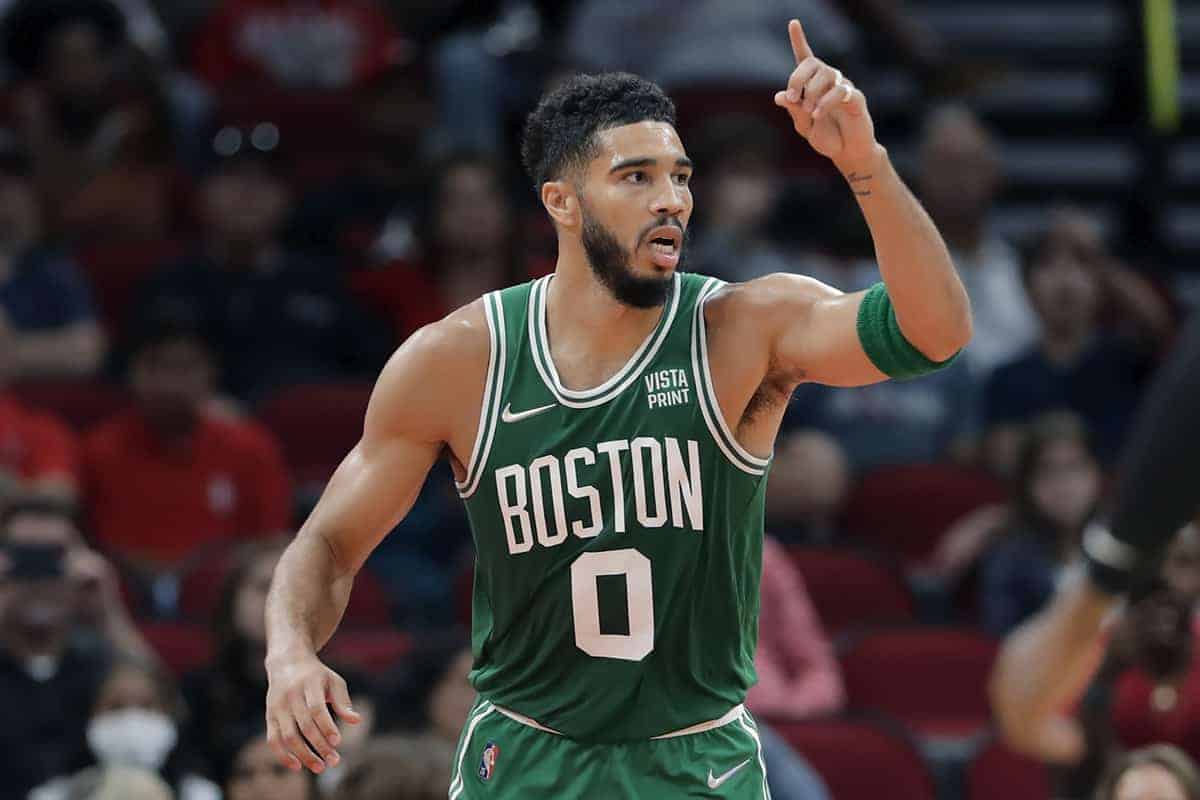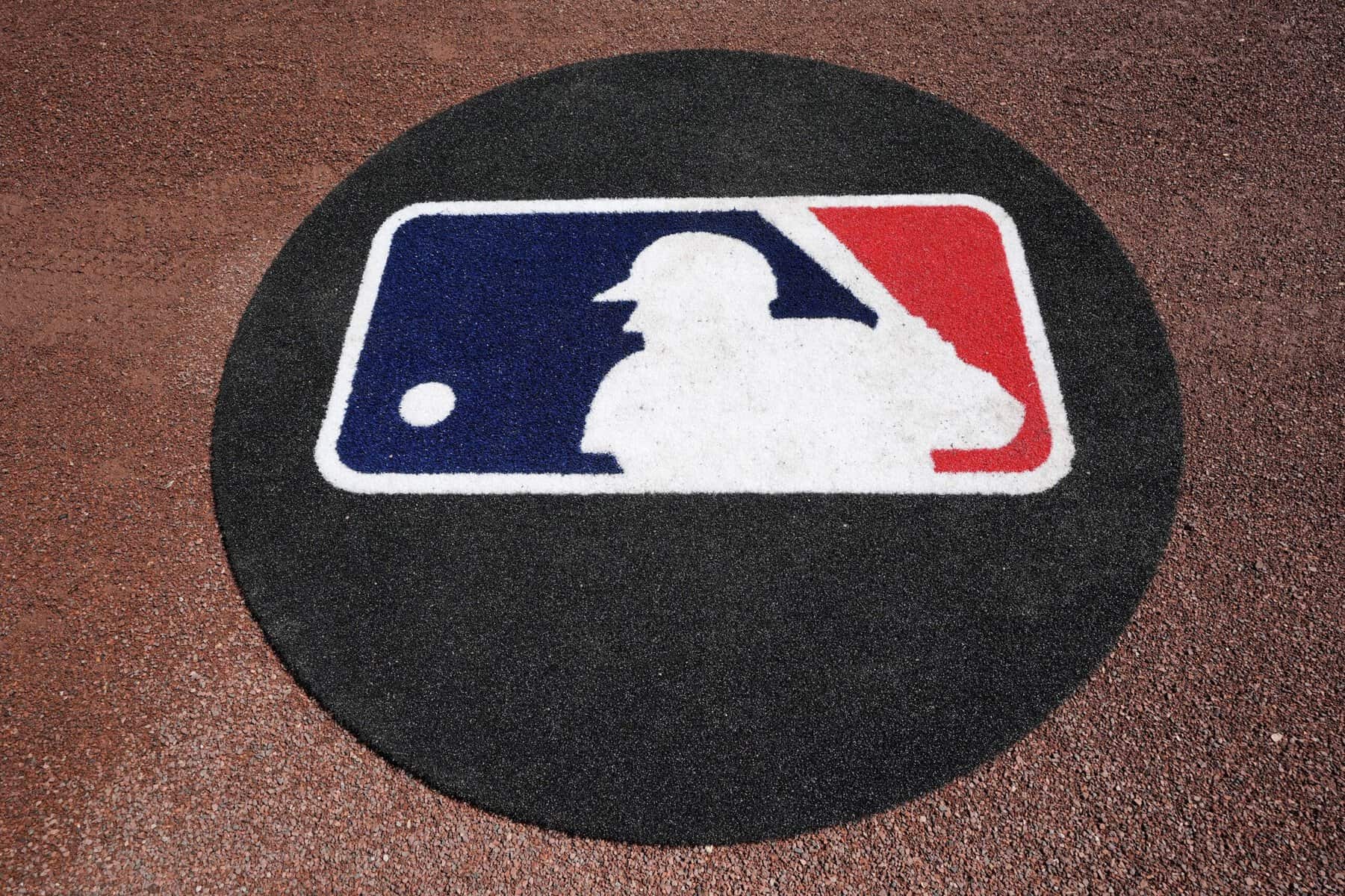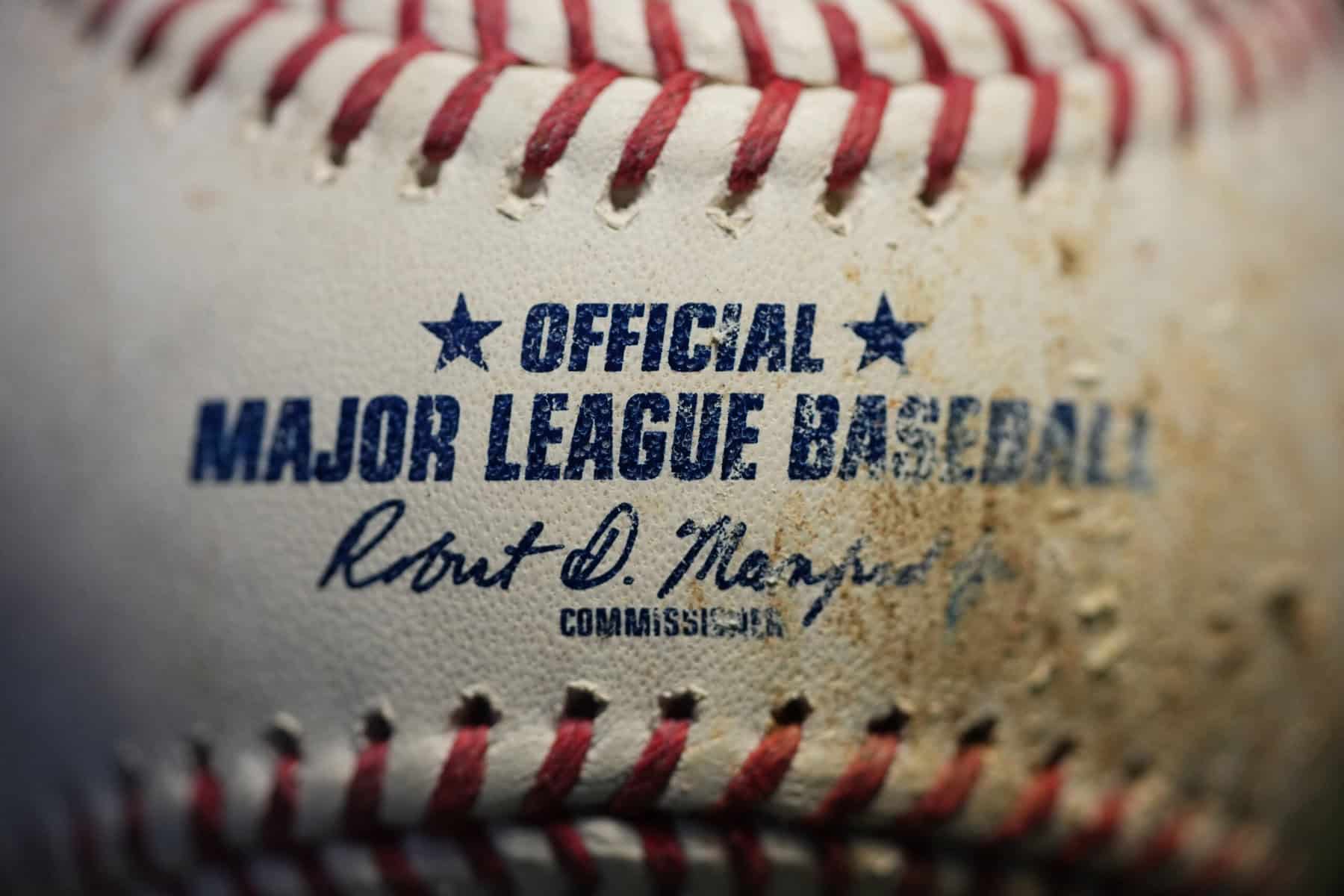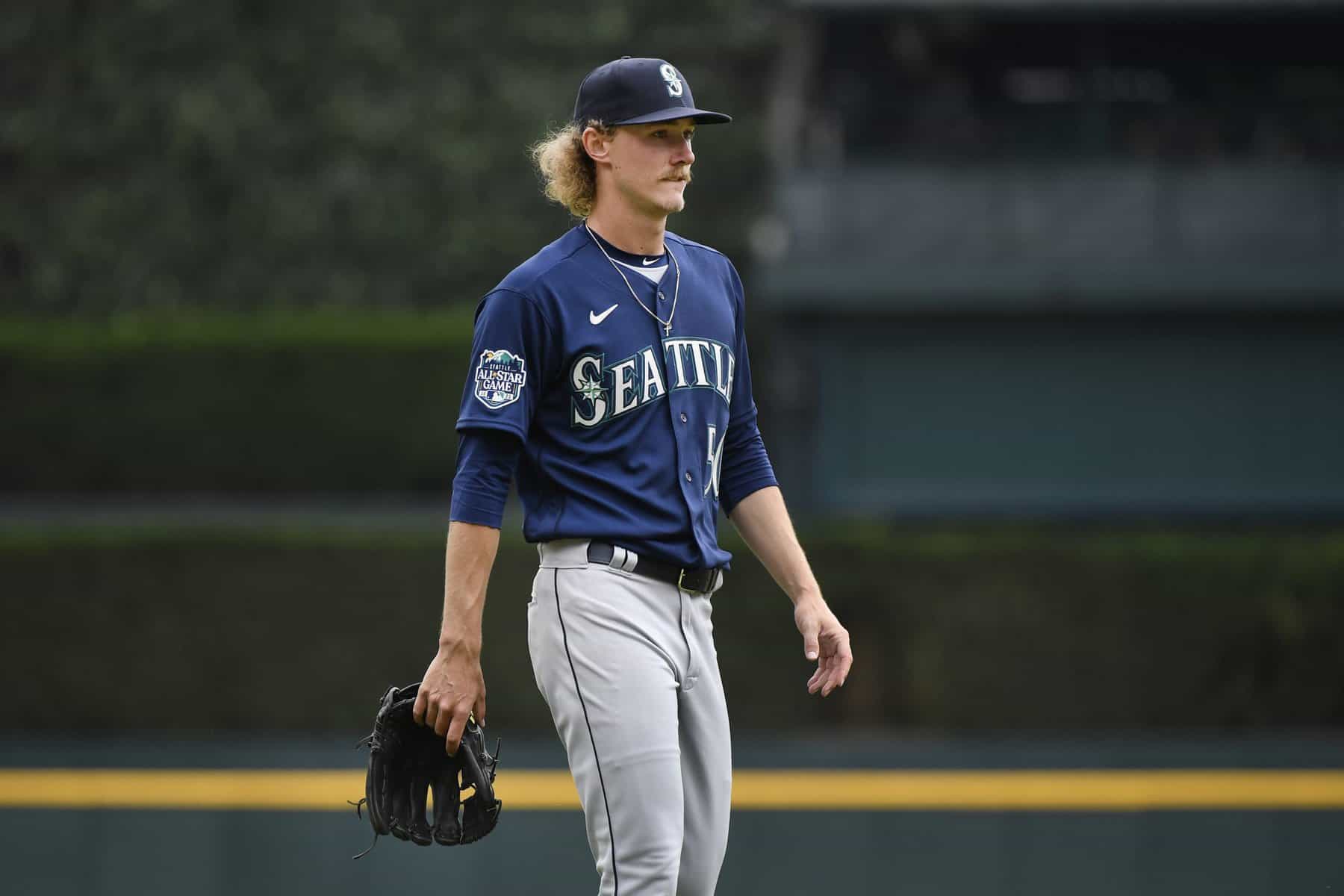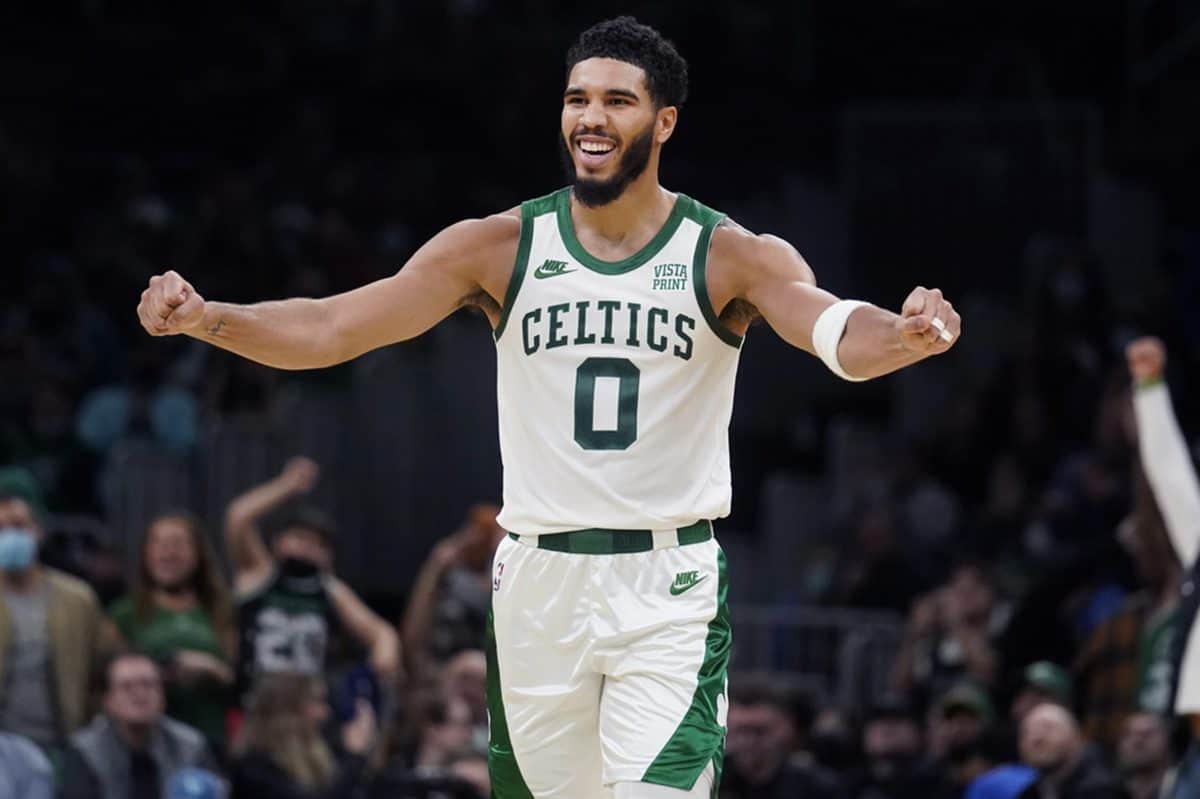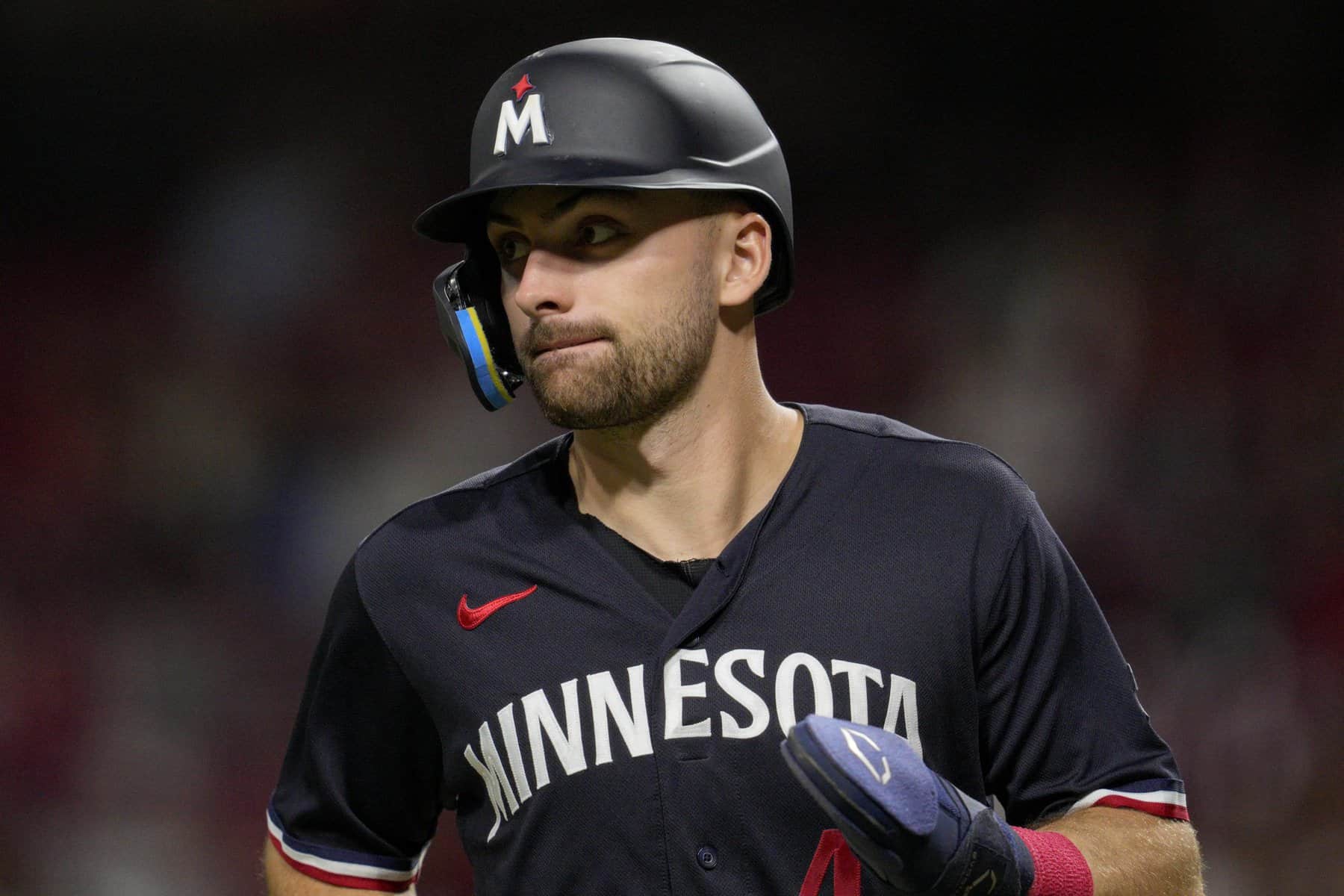We have made it through a few months of limited-to-no sports, but good news is on the horizon. The PGA Tour looks to join MMA and soccer in resuming play, as the Charles Schwab is set to tee off on June 11. There are a ton of questions about players’ form and how the layoff will affect everyone, but on the other side, it is one of the best times to join in and play PGA DFS.
******************WELCOME BACK PROMO CODE********************************
The PGA Tour is back and we have a special 20% off of a PGA Annual Pass when you use PROMO CODE: SCHWAB.
That’s $200 for 365 days of Awesemo+ PGA DFS golf which includes Lineup Builder, golfer projections, ownership projections, leverage scores, and more! Use promo code SCHWAB at checkout to get your pass today. This offer is only valid thru Jun. 11!
******************WELCOME BACK PROMO CODE********************************
For starters, we have absolutely massive prize pools with a $20 Milly Maker and another million dollar prize pool in a the form of a $555. These are just two of the many tourneys set to drop and the influx of newcomers and casual players are going to make these contests some of the best available across the industry.
Regardless of if you already play PGA DFS or are looking to dive in for the first time, there is a ton to consider before building lineups for this first slate back. Here is a breakdown of five important concepts to understand that can make the difference between being a successful PGA DFS player and struggling in one of the highest-variance sports out there. Many of these can be applied to DFS in general, but PGA especially demands understanding of game theory concepts and the rules of each tournament.
Five Things to Know Before Diving Back into PGA DFS on DraftKings + FanDuel
5) The Format of the PGA Event
We start with a basic rule that shockingly not everyone who plays PGA DFS follows. During the golf season, we have some tournaments that are traditional format which means 36 holes then a cut of players and then 36 more holes on the weekend. These tournaments usually start with around 150 players and cut to the top 65 and ties after the first two rounds. Getting your golfers through the cut is one of the most important moments of any PGA slate and without 6-for-6, it is borderline impossible to be successful in large-field tournaments.
Sometimes a tournament is a non-cut which means every golfer in the field is guaranteed all four rounds. These fields are typically much smaller and the non-cut changes how we approach the slate. On a macro level, we can take more chances on aggressive players and not focus on finishing points as much as we would in a full field with 100-plus players.
Cliff Notes version: Make sure you understand exactly what type of PGA event a given week is before you even begin to break down players and build lineups.
4) GPP vs. Cash Daily Fantasy Lineups
This is a topic that could have its own separate article as it is one of the most important decisions you make when playing DFS. On one hand, we have large-field GPPs with massive prizes up for grabs, while in cash, we are looking to double up our money and grind out a profit. It may seem at first glance that it is not overly important to worry about contest type, but in a sport like golf (and most sports), it is critically important.
Below is a screenshot from my RotoTracker that shows my PGA DFS results in GPPs versus head-to-heads. The GPP In the Money Percentage is of course lower considering it is a tourney, but that is where I have had my best results thanks to some top-heavy GPP structures that I had success in. On the other side, my cash game was never my strong suit and, although I have a positive ROI, it remains a work in progress. Another thing to keep in mind when reviewing your results is sample size. As if you do not have enough data, the results can be wildly skewed and lead you to false conclusions that aren’t indicative of your actual play. That can be especially an issue for someone like me who rarely, if ever, builds 150 lineups in a given contest, so just be careful to understand what you are looking at when reviewing.

In head-to-heads and double-ups, the ability to find the weekend via making a cut is incredibly important and just landing any 6-for-6 is going to get the job done. Now, it is easier said then done in terms of not getting anyone cut, but we need to find cut makers and players that have more consistency to their game. Things like their top-five equity or even outright odds are way less important when playing head-to-shead or double-up contests.
On the flip side, GPPs are all about massive upside and finding not only a 6-for-6 but the winner and other top-end finishers. In order to try and achieve this, we are going to have to sacrifice some made-cut equity for upside. We need to strike the right balance in order to give us chances to take down large prize pools. The GPP mindset is always going to be to limit the damage for as long as possible in between large cashes as one takedown can cover years of entry fees.
Cliff Notes version: Build your team to properly leverage against the type of contest you are in. GPPs need more upside while head-to-heads and double-ups are more about stability and made-cut equity.
3) Understanding Correlation in PGA DFS
In the DFS world, stacking is always a hot topic and basically a necessity in team sports like MLB and NFL. It’s a simple concept when you break it down: it is much harder to hit on nine random players versus six random players and three whose results are correlated together.
Golf is a different animal as it’s an individual sport where each player is responsible for their accumulation of points. At first glance, that might make you think there is no way to correlate lineups, but that isn’t the case. The most common correlation is tee time stacks which is a popular method used by many when weather seems to be an issue. Putting your players on one side of the draw can help them all avoid the nasty weather if you time it right. That isn’t anything groundbreaking and is the most common correlation.
The second type I think is underutilized and it’s the concept of stacking a specific skill set for players. Many times on tour, the lead in to a tourney is debating what type of skill set will prove to be the most important. It s incredibly difficult to nail exactly what portion of the game will be key so taking a few different skill set stacks can be an effective build. If the course demands distance off the tee, it’s a major positive to have four, five or even six golfers who bomb the ball together in the lineup as they are more likely to excel at that given course. On the flip side, say a course demands expert short game, then having a handful of short game specialists together on the same lineup puts you in a nice position to excel. That doesn’t mean every team you make should have six identical skill sets, but don’t be afraid to group guys by one part of their game in tournament lineups.
Cliff Notes version: Building lineups with players that have similar strengths to their game can be an effective “stack.”
Check us out on TWITTER, where we talk sports, share articles, and have lots of giveaways!
2) Bankroll Management/Variance
The topic of variance is always a hot button issue in DFS as it is thrown around in a lot of different situations. The classic “that wasn’t a bad play, it was just bad variance” is always a talking point. And though that can be true, it doesn’t mean we get to blame everything on variance all the time. PGA DFS is a sport that doesn’t play everyday which means the results you get can take an exceptionally long time to “normalize.”
What I mean by normalize is in a small sample size you could be crushing it by just running hot or getting crushed by running cold. The quality of your plays isn’t going to be able to overcome short-term variance and we need to properly prepare for that. Just to give you an example, here are two graphs from my own personal PGA GPP DFS results:
This graph shows my best year of PGA GPPs from a profit standpoint and the follow-up shows some key metrics relating to the year.


As you can see from the 1% finishes, I gave myself a lot of quality 1% lineups, but I ran incredibly fortunate to connect on several major top-heavy prizes in tournaments. One percent lineups give you opportunities to take down GPPs, but they are just opportunities as some of these tournaments have 1,000 lineups or more that qualify as a one-percenter. All of the stats from my best year of golf are wildly unsustainable and, although I believe I put together +EV lineups, that didn’t solely account for the good run I experienced.
Unfortunately, in the PGA streets, it is not always smooth sailing as the following graph shows, which is my worst year of PGA GPPs:

Clearly I didn’t have much success during this stretch of golf and, although the go-to move should be to just blame variance, the data tells a different story: I made too many mistakes and the results were poor lineups.

The top 1% finishes dropped all the way to .9%, which means I was getting fewer opportunities to take down GPPs against the field. Top-5% and top-10% finishes were also down so I wasn’t doing a good job of limiting the damage in between opportunities to hit a jackpot. Now sadly, this isn’t an example of “see, I was running good and just couldn’t connect, that’s why golf is high variance,” but it is a great example of why you need to properly bankroll.
If you can’t withstand stretches of running cold due to variance or just poor lineup construction/mistakes, then you will certainly bust out and not get the opportunities to cash in on variance smoothing out or plugging some leaks. A weekly sport like golf is going to take even longer sometimes to get those payoffs if you are doing everything correctly, so you have to make sure you are properly bankrolled for the long haul. I often get questions about how much should I be playing and truthfully, I do not think there is a right or wrong answer. You have to examine your risk tolerance and personal situation, but keep in mind how long the swings can be if you are trying to grind PGA DFS.
Cliff Notes version: PGA is high variance so examine your lineups outside of results/make sure you are properly bankrolled to withstand swings and possible leaks in your game.
1) Understanding Ownership Relative to Tournament Size
The final component on my list of PGA DFS things to understand has to be ownership, and specifically how we use that in tournaments. For cash games, it is mostly about playing the optimal plays regardless of how popular they are going to be. For tournaments, that strategy dramatically changes and we need to consider what our opponents are doing.
Awesemo.com has fantastic ownership projections and they are part of my weekly routine regardless of what kind of tournament we are dealing with. Getting a glimpse of how guys are projected to be owned gives us the first data points on how we can properly leverage against the field. We ideally want to avoid dupes while not being overly leveraged in the sense of having six golfers all with really low ownership. That’s too much leverage and unless you are playing a monstrously sized tourney, we don’t need to be that fancy.
The thing I would stress is not to just take ownership of individual players on their own, but think about percent owned relative to field size. In a tournament with 200 people, if you have someone who is going to be 5%, we can estimate that only around 10 teams will be rostering that player and are a potential dupe. That is going to give you a ton of freedom to build the rest of your lineup somewhat straight up without worrying about leverage. In a tournament with 100,000 people, a guy that is 5% owned still brings 5,000 lineups along with him, so you have to continue to look for avenues of leverage.
In smaller-field GPPs, we can see players climb 35% or more in ownership and in tournaments with a cut, that is an incredibly valuable piece of information to have. It is not to say you blindly fade them, but typically I tend to roll the dice to pivot on ownership that masses that high in a sport of this variance.
I use this example often, but in the NBA, we can safely assume Lebron James outscores the 10th man on a team basically 100% of the time, even in games where he doesn’t meet value. In MLB, we know that Mike Trout will outscore a random ninth hitter on average, but there are plenty of games Trout goes 0-for-4 and is outscored by the Create-a-Player. That’s just the variance that comes along with baseball and golf is similar to that. We will see a handful of tournaments where top players fail to make the weekend, while lower-tier guys randomly get into contention. It is not to say just always take low-owned players, but you really want to make sure you have the right blend of ownership to fit the given tournament based on structure and size.
Cliff Notes version: Be aware of ownership and whether or not your team has a reasonable path to victory based on the percentage of each player and the type of tournament the lineup is in.
*Honorable Mention Tip – Don’t Play Grillo as much as I do *

